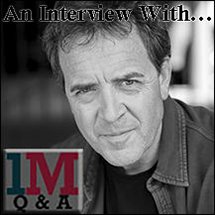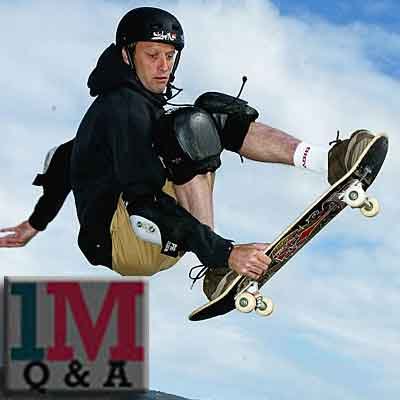Director Tom Woodruff Jr. chats with INFLUX Magazine
by Martin Hafer
Oscar-winning Director Tom Woodruff Jr. will be better known to film fans for his incredible Special Effects work on movies like Death Becomes Her, the Alien franchise, Leviathan, and Jumanji, to name only a few from his enviable body of work. Tom took some time to talk to us about his directorial debut, Fire City: End of Days.
Martin Hafer: Thank you for agreeing to talk with Influx. Although you just directed your first full-length film, Fire City: End of Days, you’ve worked in the film industry for some time doing special effects for mostly horror films. Why horror?
Tom Woodruff Jr.: I was five years old in the mid sixties when the whole Universal Studios library of monster movies was first released to television. Before that, I had no idea what a monster movie was but I was an immediate lover of anything connected to monsters.
MH: What prompted you to try on the director’s hat with this film, and was it more difficult or easier than you’d anticipated?
TW: It’s the same little voice that was inside me when I was ten years old and asking my dad to show me how to use his home movie camera so I could make my own monster movies. I was always a hands-on guy, figuring out how to do make-ups and make masks that would look like my favorite Universal Monsters did on TV when I would make my own movies.
Over the years, as the story goes, I did everything I could on my own to learn and practice the monster-making on my own and continue to make my Super 8mm monster movies. Did you see J.J. Abrams’ Super 8? That was the story of me growing up, even including the chick falling for the other guy when my plan led in a different direction.
Things took off for Alec Gillis and I after working for a few years for Stan Winston and then starting our own company, Amalgamated Dynamics, Inc. (ADI). Big movie, small movies, 3-4 movies in the studio at one time, and all the time working with directors big and small, good and bad. And that little voice never went away. It just got quiet while I spent 30 years being an important part of a good film or the best part of a bad one.
Directing was so in sync with what I’ve been doing for almost everyone else, giving them the best character effects they could afford, that when I turned that asset to my own use, the interaction with creating an on-screen story with strong on-screen characters is completely all-consuming.
*****
MH: In addition to doing makeup and special effects, you’ve also done a bit of acting. It sounds like you’ve done just about everything in the film industry.
TW: I was never content to just design and create the look of a creature character. From those earliest days watching the Frankenstein movies on TV I knew there was something very powerful in the performance when it was in league with the look of a character. It really clicked with me when I discovered the work of Ray Harryhausen and “felt” the emotion of the characters he created through stop-motion animation.
Once I was able to take on the roles of the creatures, playing the monsters, the integrity of Harryhausen movement performance was always a direction I chose to build from. Acting in a creature suit and animatronic head is no different from acting in any other form, except for the physical encumbrance of the suit and, for me, the frustration of not being able to deliver my own expressions with my own timing – instead relying on a band of very talented puppeteers who bring the face of the creatures to life while I’m inside fighting it out with the 75-pound suit.
MH: How did you hit upon the idea the look of the film?
TW: It really was a very simple direction. The key visual look of the film was already woven through the script by writers/producers Michael Hayes and Brian Lubocki and from the very first time we got together, the aspect of the noir films of the 40’s was a shared love and the template of our world was already in place.
MH: Would you like to direct more films?
TW: After being so integral to the creativity of what other directors have brought to the screen, I owe this next big piece of my life to me.
MH: Are there any people you’d like to talk about who helped you make your pictures come true?
TW: This would be a list that would go on for pages, surprising and probably embarrassing some pretty important people. They are my wife and family, teachers, Alec Gillis, Stan Winston, John Chambers, Ray Harryhausen… some names you’d recognize and a lot you wouldn’t.
MH: Well thank you Tom for your time. I feel like I must add that I was impressed by Fire City, as it was an amazing film for a debut. I can’t wait to see more of your work in the future.







